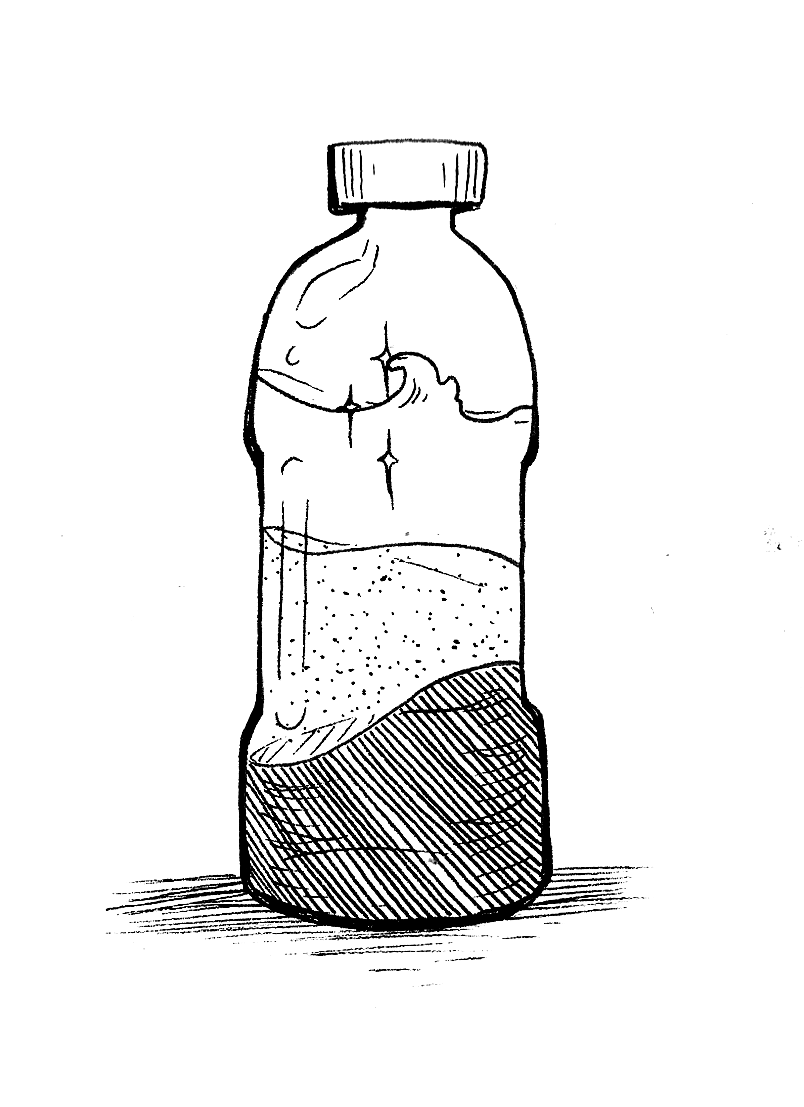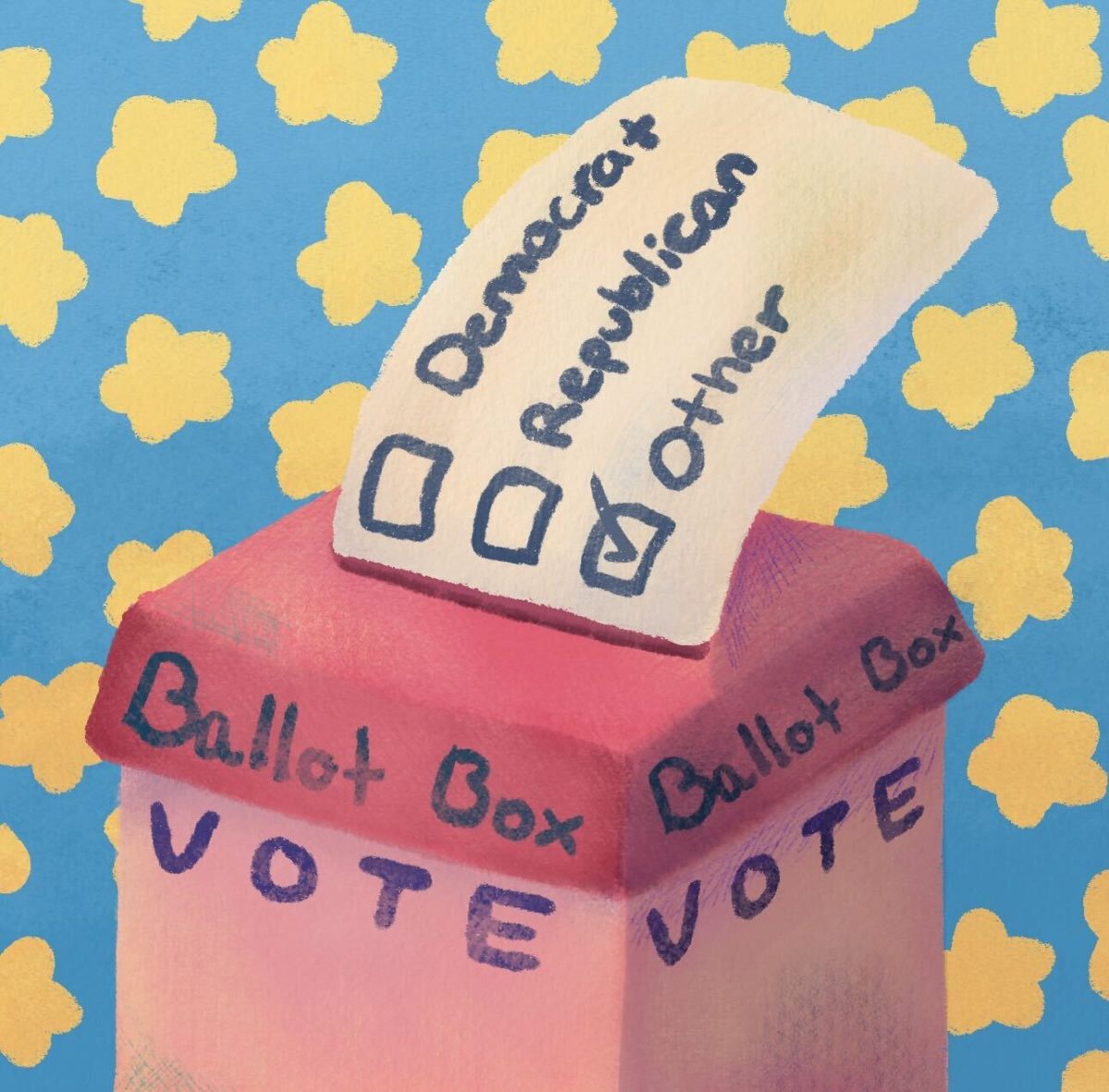Clean water is overrated. I mean if we really think about it, we already have so much of it. As a matter of fact, 71 percent of the earth is literally covered in water! Look, the oceans are huge and super deep; all we would have to do is just take the salt out of ocean water and bottle it up, am I right? Problem solved.
I can name six bottled water companies right off the top of my head and I bet you a glass of Voss that none of them would have the amount of nutrients and distinct taste that purified, artisan bottled seawater would have.
And if you can’t afford bottled water (and I mean seriously, who can’t afford bottled water?), those massive lead pipes that transfer drinking water to all those grimy public fountains work just fine and they have been around forever.
You can even just sip from your tap at home. I heard boiling your tap water before you drink it is supposed to help with the contaminants. So, why try to fix something that already works just fine, right?
If global warming is such a big deal, wouldn’t iceberg run-off add to the list of nutrient-rich bottled water sources? I bet you would be able to sell it for like $10 a bottle (actually the brand 10 Thousand BC already sells 750 ml bottles for around $14).
The stereotype of the broke, basement-inhabiting millennial would be a thing of the past if we focused on the latent economic power that bottled water possesses. This power comes in a shiny, BPA-free, recycled paper label brandishing package called the stock market.
Instead of worrying about conserving the clean water that we already clearly have a bunch of, shouldn’t we be worrying about the untapped economic potential of the United States and the fact statista.com asserts that we are the world’s number one consumer market for bottled water?
Hassles like the inability to find reasonably-priced living spaces would be a thing of the past, thanks to polluted, contaminated, acidified water if we were to invest our money into brands like Nestle, PepsiCo and Coca Cola, the owners of the most popular brands of bottled water on the market (Nestle Pure Life, Aquafina and Dasani).
If our water infrastructure would be damaged, say, in that giant earthquake that California is apparently hundreds of years overdue for, our pockets would be overflowing with cash from the surge of bottled water being sold for makeshift showers and cooking.
After about 30 minutes (or approximately 75 gallons) into the first of my two daily showers, these facts really got me thinking. Why are those hydro flask-toting sustainability hipsters so stressed out about Proposition 3 and how it affects the availability and infrastructure of clean water in California?
First of all, ballotpedia.org explains that Prop 3 plans to allocate approximately $8.9 billion to water infrastructure, clean water standardization, groundwater sustainability efforts and state park conservation. Ballotpedia also explains that “disadvantaged communities” would be granted an extra $4 billion towards the availability and affordability of clean water.
But honestly, don’t lower income neighborhoods have a much wider selection of bottled water retailers per square mile? I mean there are many more liquor/convenience stores and discount supermarkets in low-income neighborhoods.
Even foodtrust.org explains how low-income communities across the nation do in fact contain 30 percent more convenience stores than “middle-income zip codes.”
Those $4 billion could easily be spent on the continued mass production of rightfully, totally ethically collected bottled water from aquifers. I mean, it’s just business. And it’s just water. Take a look at Flint, Michigan — they’re doing just fine with the use of bottled water.
Tonic, a health-focused branch of the digital media company Vice, also projects that one-third of Americans will be unable to afford clean water in just five years. If anything, I’m sure these people are probably better off not having to pay their water bills while at the same time enjoying a crisp, cold, ph-balanced bottle of alkaline water available at your neighborhood 7-Eleven(s).
If all this riff-raff about storing precious groundwater and improving diminished and unsafe water infrastructure doesn’t give you a headache, sip on this: Prop 3 is supposedly going to help keep state parks alive by ensuring the conservation and sanctity of natural water supplies like rivers and watersheds.
After looking up what a watershed is (turns out it’s not a garage-esque facility for water and is actually a natural hub that directs water flow to rivers), I question if we are sure this proposition is not just a covert operation conducted by new age hippies to save the wetlands?
Waterbond.org, Prop 3’s official website, claims that $100 million will be directed to the restoration of watersheds damaged by wildfires in the Sierra Nevada while a combined $250 million will be used to aid the LA River and the Delta Conservancy.
Restoration of fisheries, stormwater management, stream supplementation and San Francisco Bay Wetland improvements are all items on the agenda for Prop 3.
These projects are receiving hundreds of millions of dollars, but for what? “Desalination of groundwater” or “fish screens” that inhibit baby fish from entering our irrigation systems? Gross. I’ll stick to my Boxed Water™ thanks. There’s plenty of wilderness out there. Shouldn’t we be more worried about oil prices or something?
Water Bond also details the abundance of “waterfowl and shorebirds” that rely on the presence of water in our state during their travels in the winter time.
Organizations like Ducks Unlimited, The National Audubon Society, Quail Forever and The National Wild Turkey Foundation all endorse Prop 3 and its efforts to protect and conserve the precious land these and many other species of birds found in the state occupy.
But are the migration patterns and overall health of birds really what we should be pouring the equivalent of roughly 4 billion servings of guacamole into? I argue that if we were to let nature sort its own problems out, we could save a bunch of money and eat a ton of Chipotle instead of worrying about where a bunch of ducks are going to rest during the winter. Balboa Lake should be just fine.
CSUN even has its very own, totally gooey duck pond right here on campus. Plus it already looks like the public toilet for every duck in the world so we won’t have to deal with more water getting dirty. It’s basically a win-win.
All in all, the multi-million dollar provisions (and all of their legitimate intricacies) outlined by Prop 3 really dilute our understanding of how these changes will trickle down to the public. A torrential downpour of political ads and articles has created a thick mist surrounding Prop 3 and has also eroded our understanding of the importance of access to clean water sourced from sustainable practices.
Those ads also neglect to illustrate the environmental impact that all that sweet, kinda-sorta-technically-stolen, industrially-treated earth juice poured into millions of plastic bottles that are shipped around the nation has on our oceans alone.
Clean, sustainably-sourced water, although trendy, cannot be treated as a luxury for millions of people. Coincidentally, those same people hold the fate of our water in their patented, insulated, sticker-bombed, comically-oversized thermoses.
As midterm elections roll around, be sure to dip your toes into how Prop 3 affects you and your city. After all, isn’t the welfare of citizens and voters what democracy is all about?
So the next time you uncap a chilled bottle of Perrier while lounging poolside, just think about the endless potential of the water in that limited edition bottle you paid a mere $2.50 for.
Written by Eric Forno






